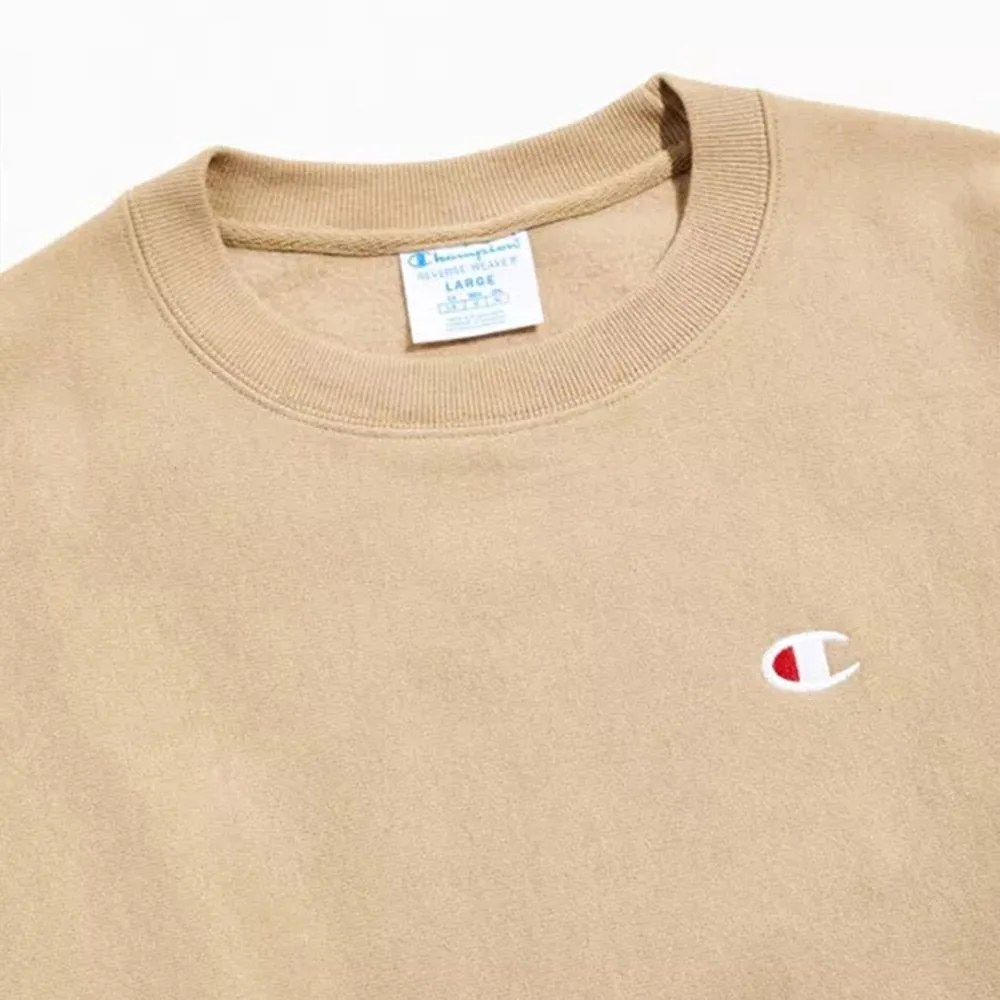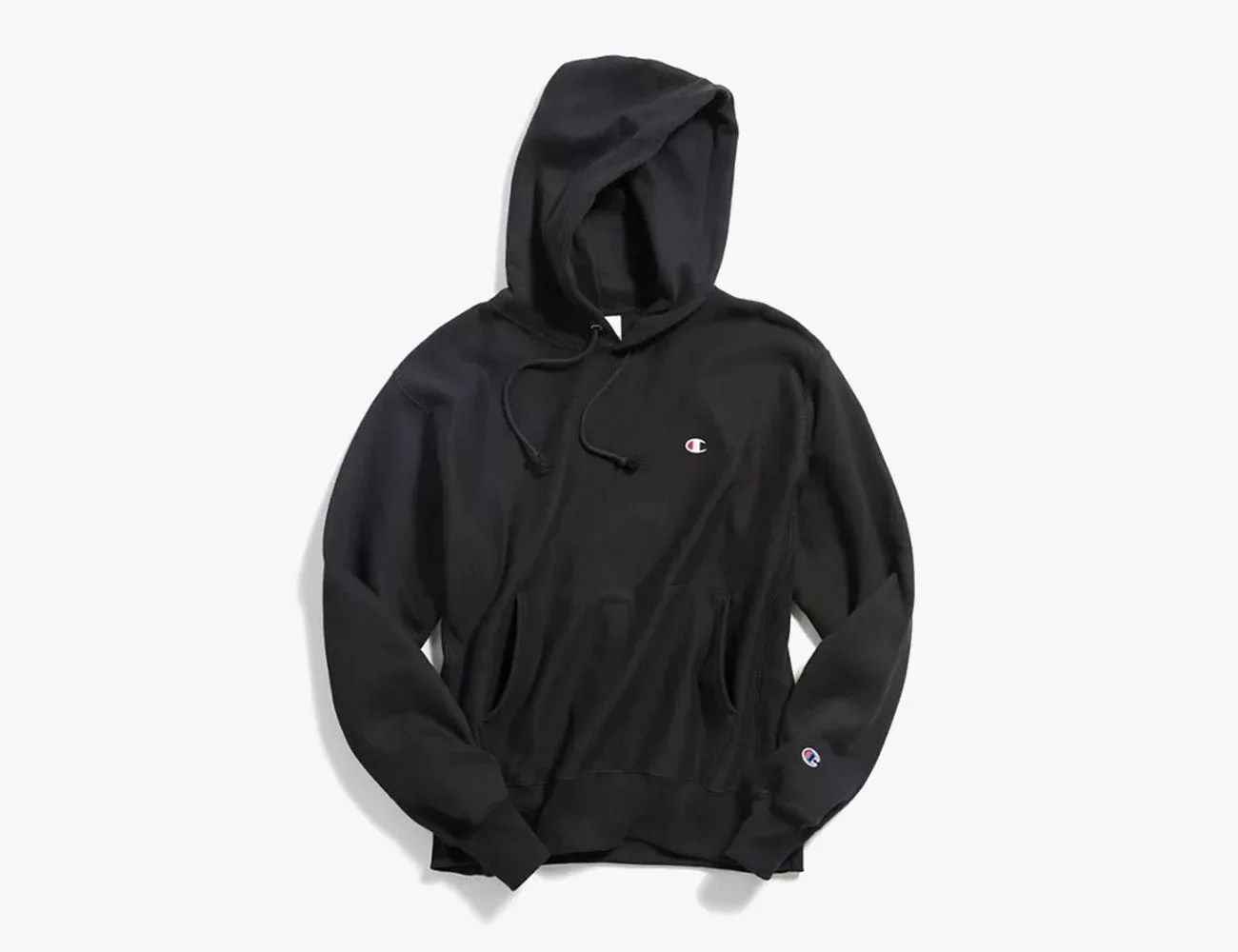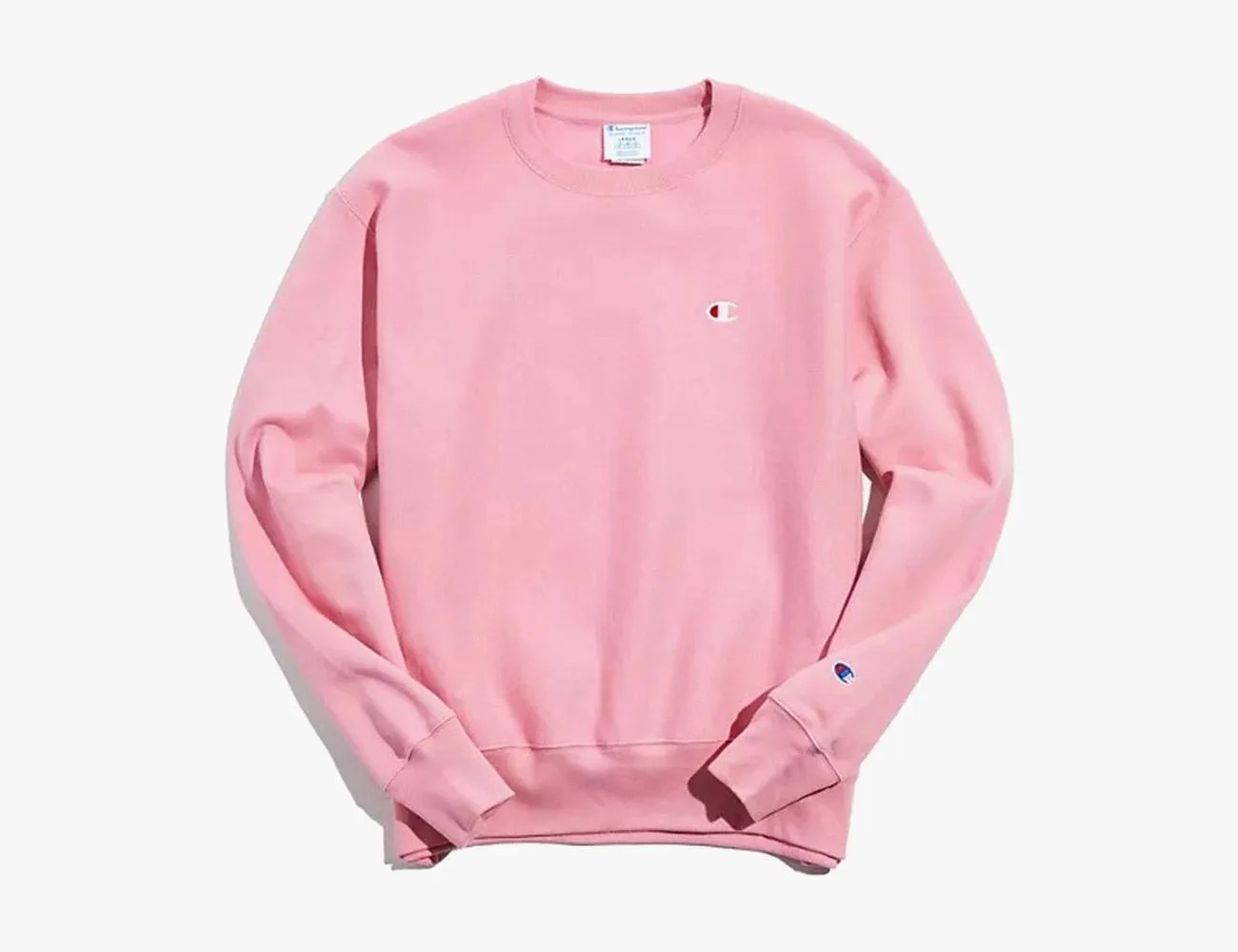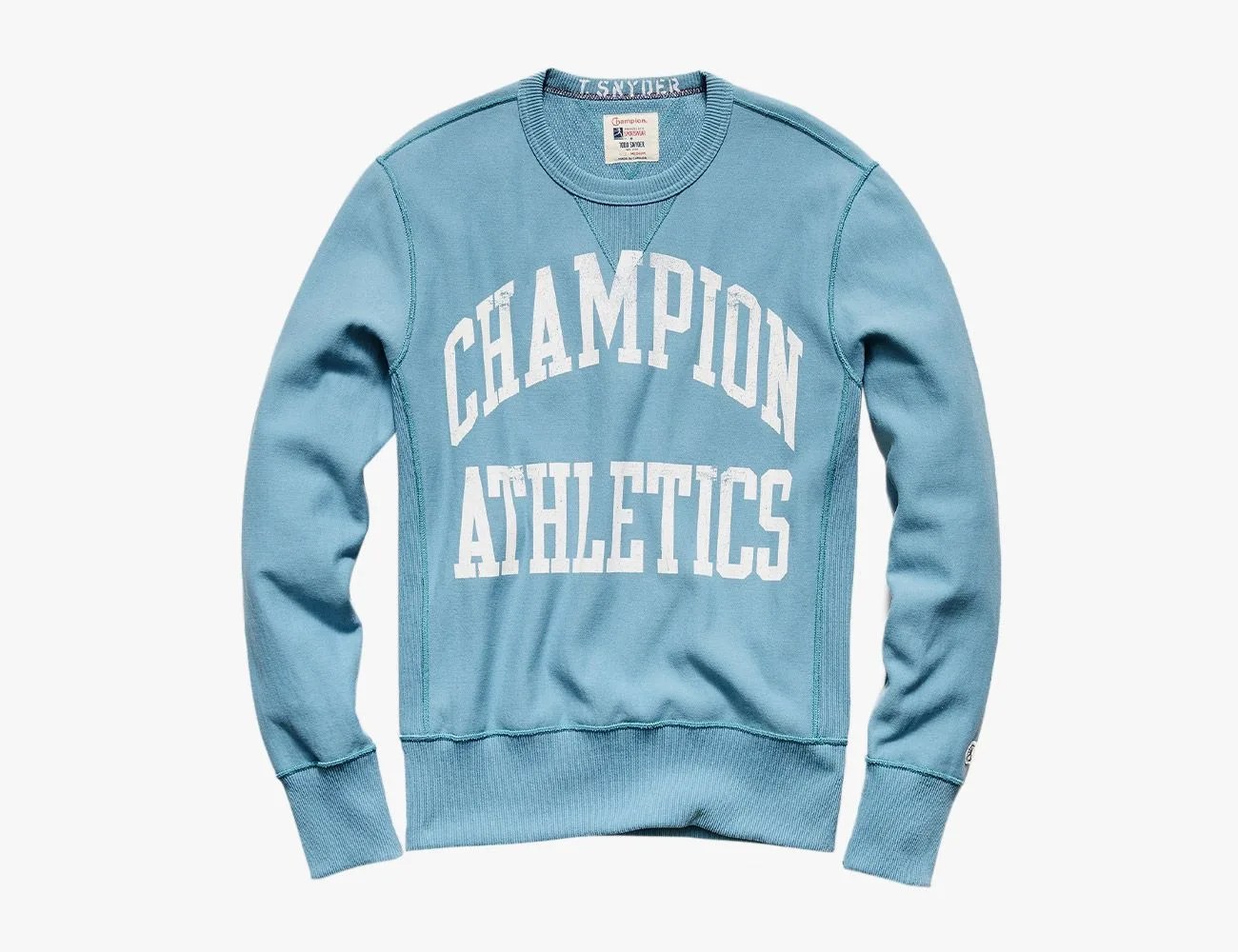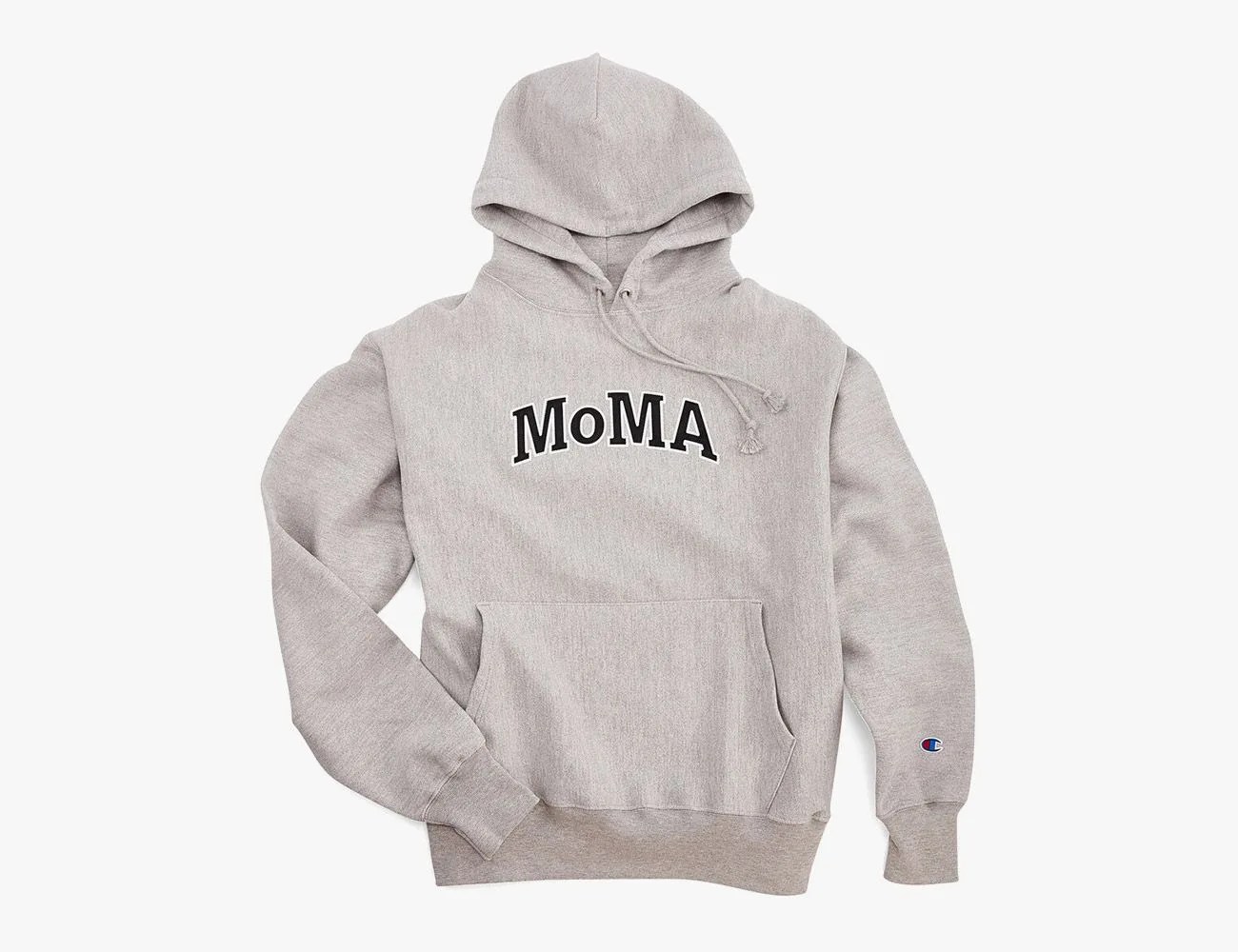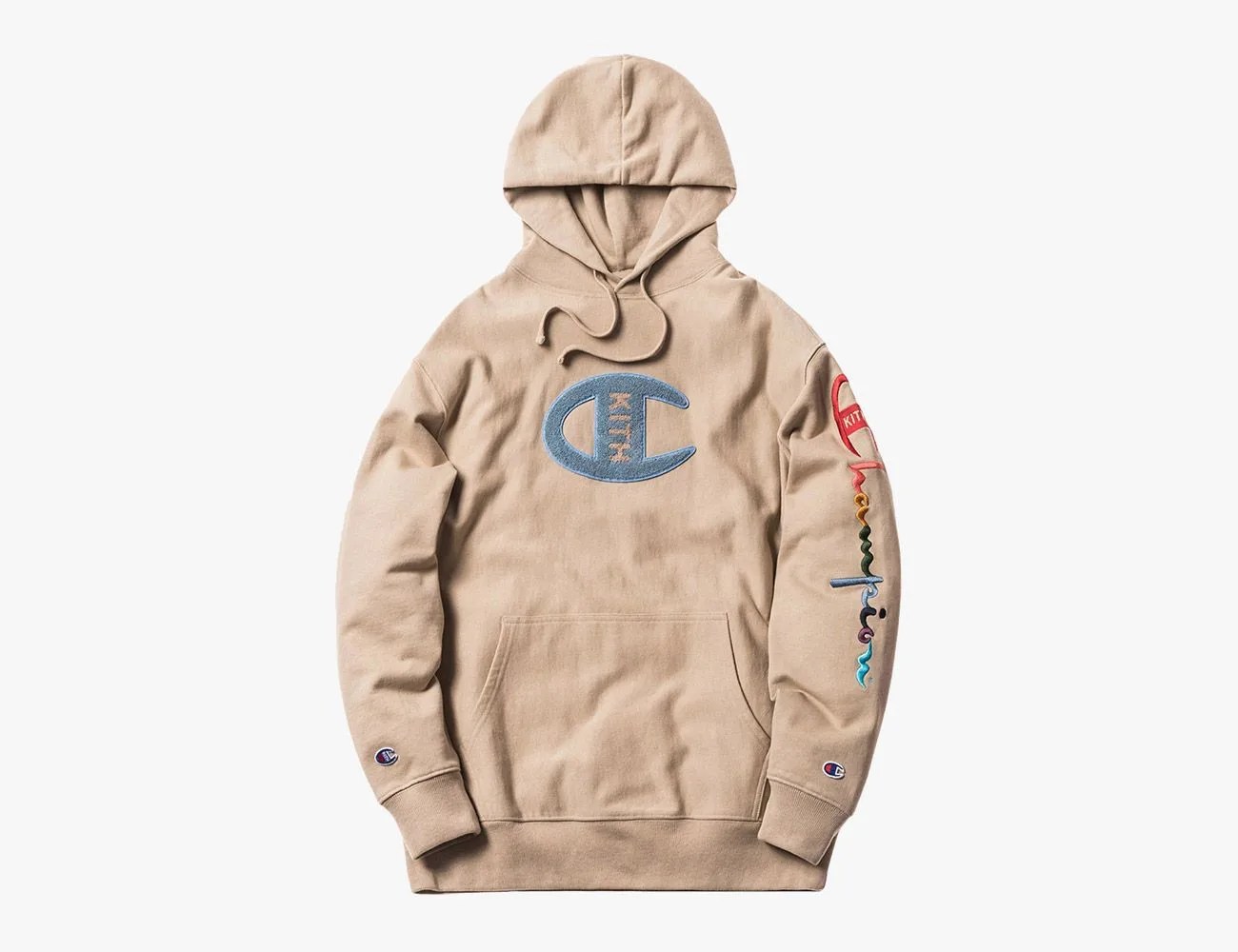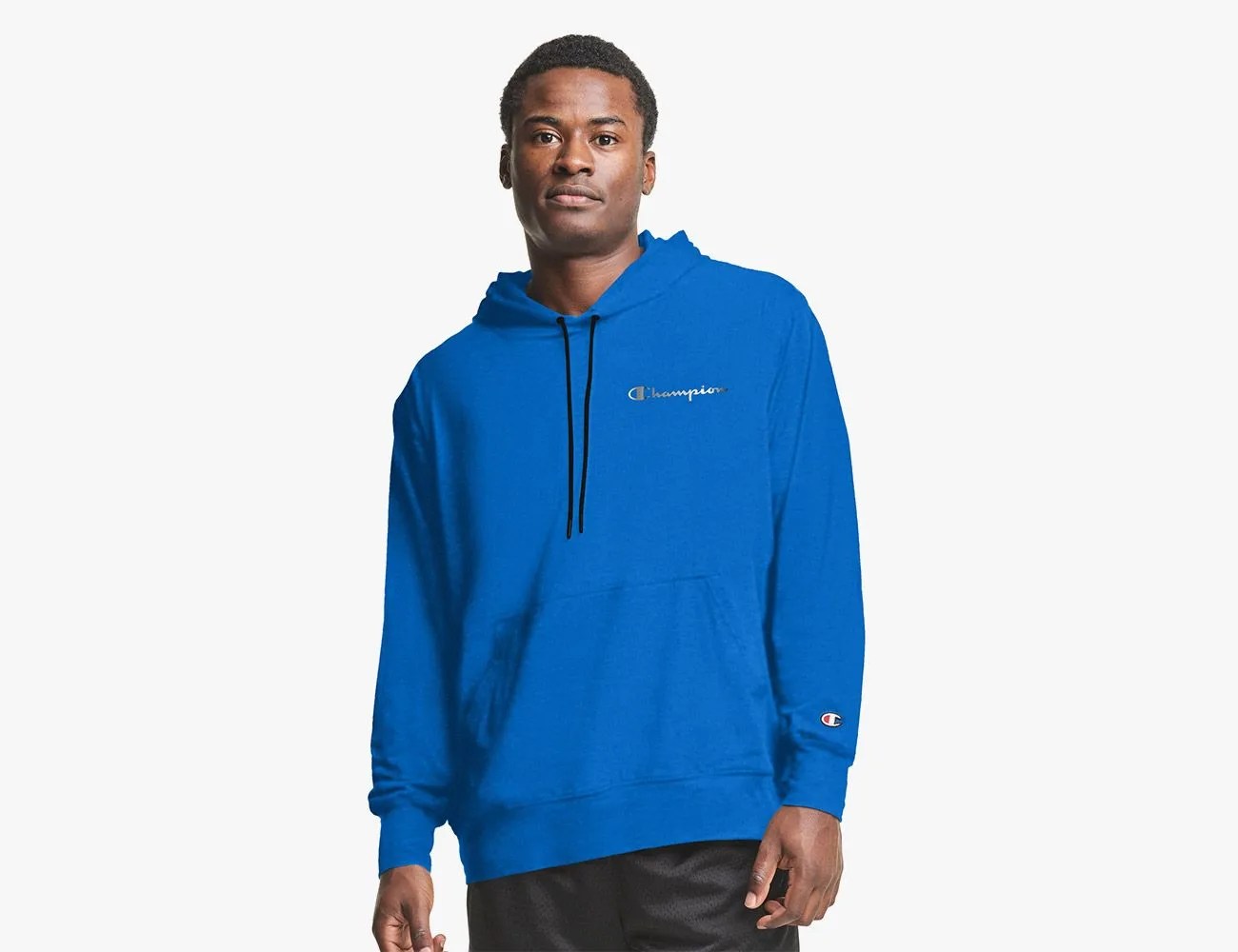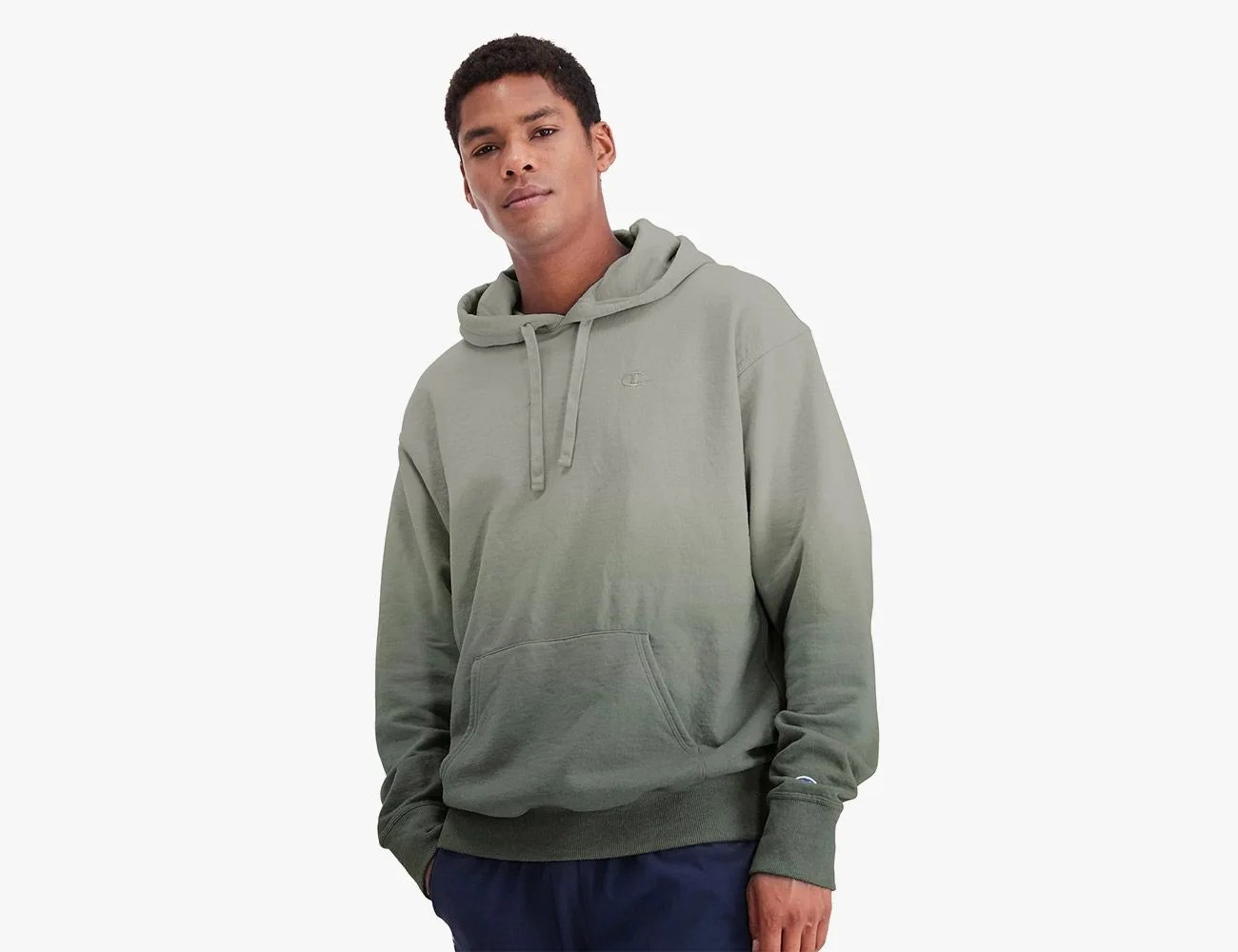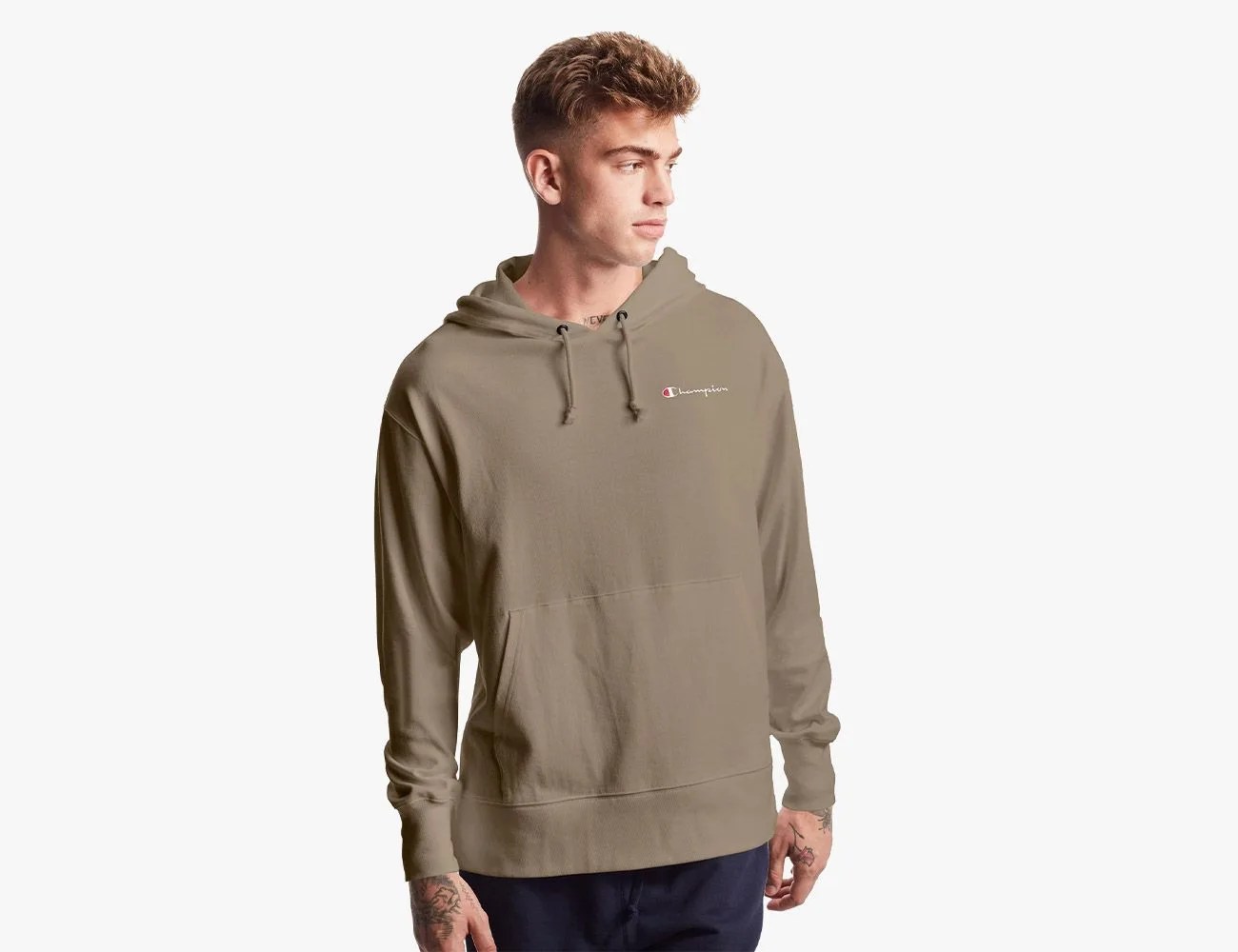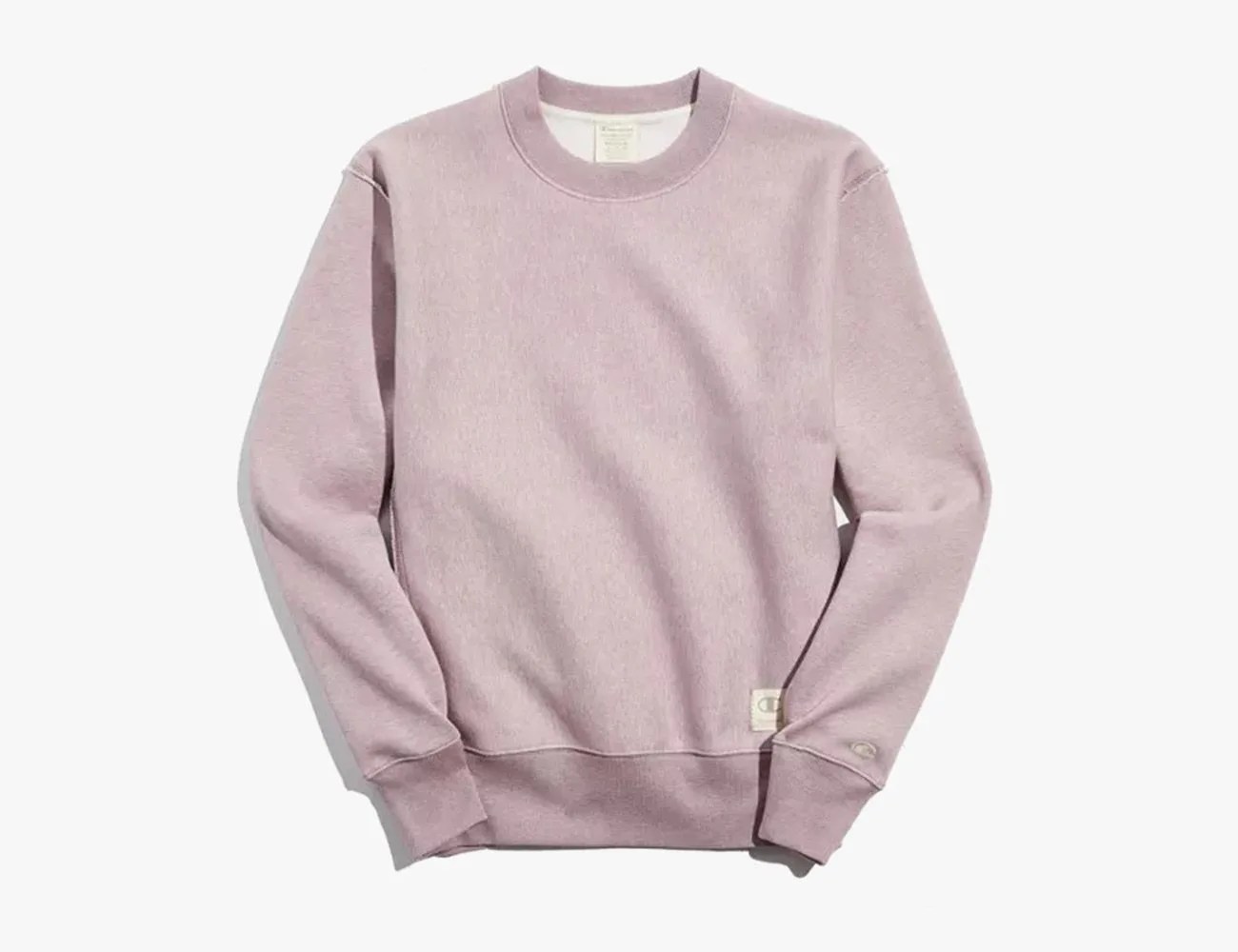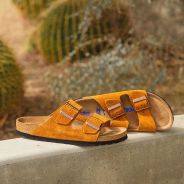Ponder the most popular types of athletic apparel. Perhaps sweatshirts, soft, breathable shorts and mesh jerseys come to mind. Rightfully so, they’re worn almost universally by professional athletes, amateur ones and everyone in-between. But where do these designs originate from? Did they suddenly appear on the market to widespread acclaim?
Not necessarily, but they all stem from one company: a lesser-known manufacturer named Knickerbocker Knitting Mills founded in 1919 by Rochester, New York-based wholesale clothier Simon Feinbloom and his sons Abraham and William. At first, they specialized in woolen undergarments and protective uniforms for industrial workers. Eventually, the family shifted their focus to a fledgling category for which plenty of apparel was needed: athletics.
By 1930, the family formalized a name change, opting for Champion Knitting Mills as a nod to their proclaimed quality — a notch above the wholesale items they promoted a decade prior. A century later, Champion’s designs reside in the MoMA’s permanent collection, the closets of millions of consumers worldwide and the mind of creatives all over ideating their ideal collab. But, before we get ahead of ourselves here, let’s start from square one.
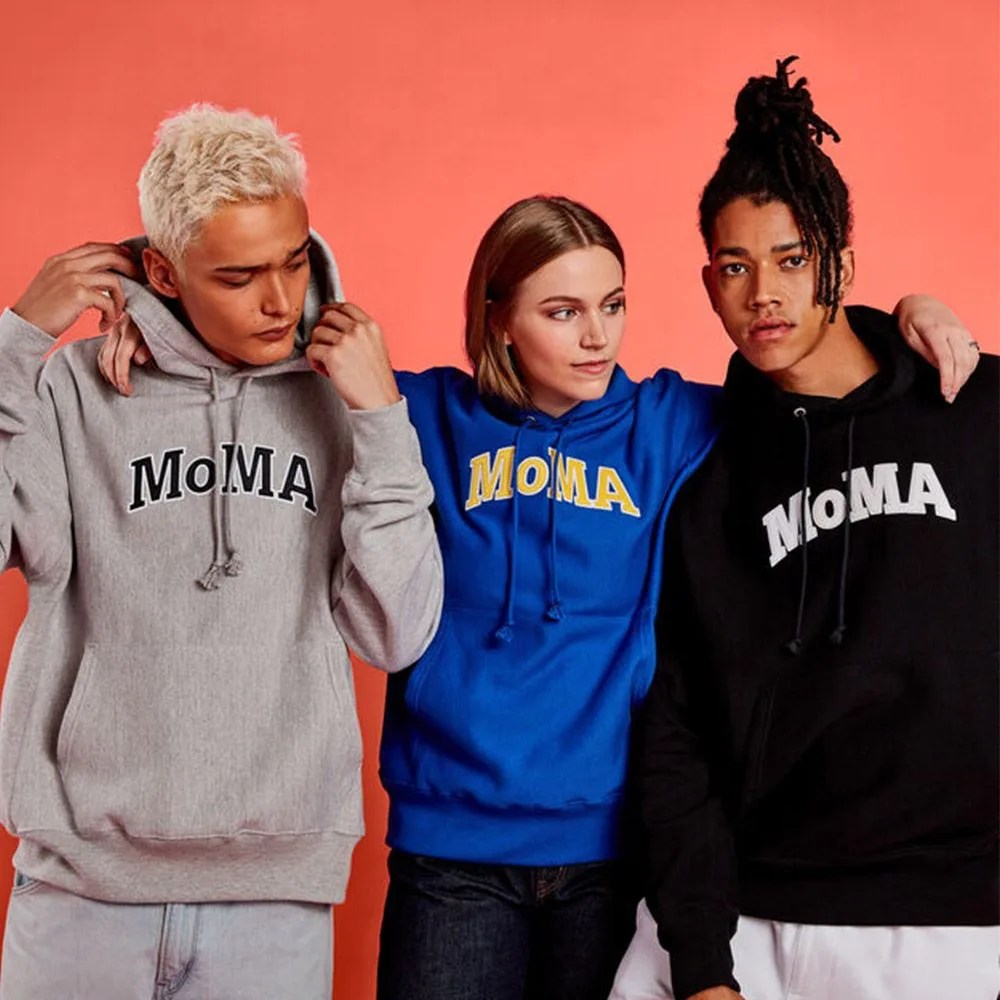 MoMa Design Store
MoMa Design StoreHistory
It was in 1926 when Champion — although this was prior to their official name change — made their first major move. Impressed by the company’s durable designs, the Wentworth Military Academy reached out about outfitting their students with Champion-made team uniforms. These uniforms were the first official use for the Feinbloom family’s ingenious innovations: sweatshirts penetrated the public sphere.
Nearly eight years later, iconic Ann Arbor sportswear store Moe Sport Shops — the originator of the striped referee shirt — asked Champion to produce University of Michigan branded sweatshirts and T-shirts for their store located on the school’s campus. They were an instant success and paved the way for the collegiate apparel industry. (Perhaps even college sports as a lucrative business considering this was, at the time, one of the widest scale branding campaigns yet, but… We’ll save that for a different story.) Champion also, rather nonchalantly, introduced the hoodie — initially called the “sideline shirt” — as a part of this initial collection.


